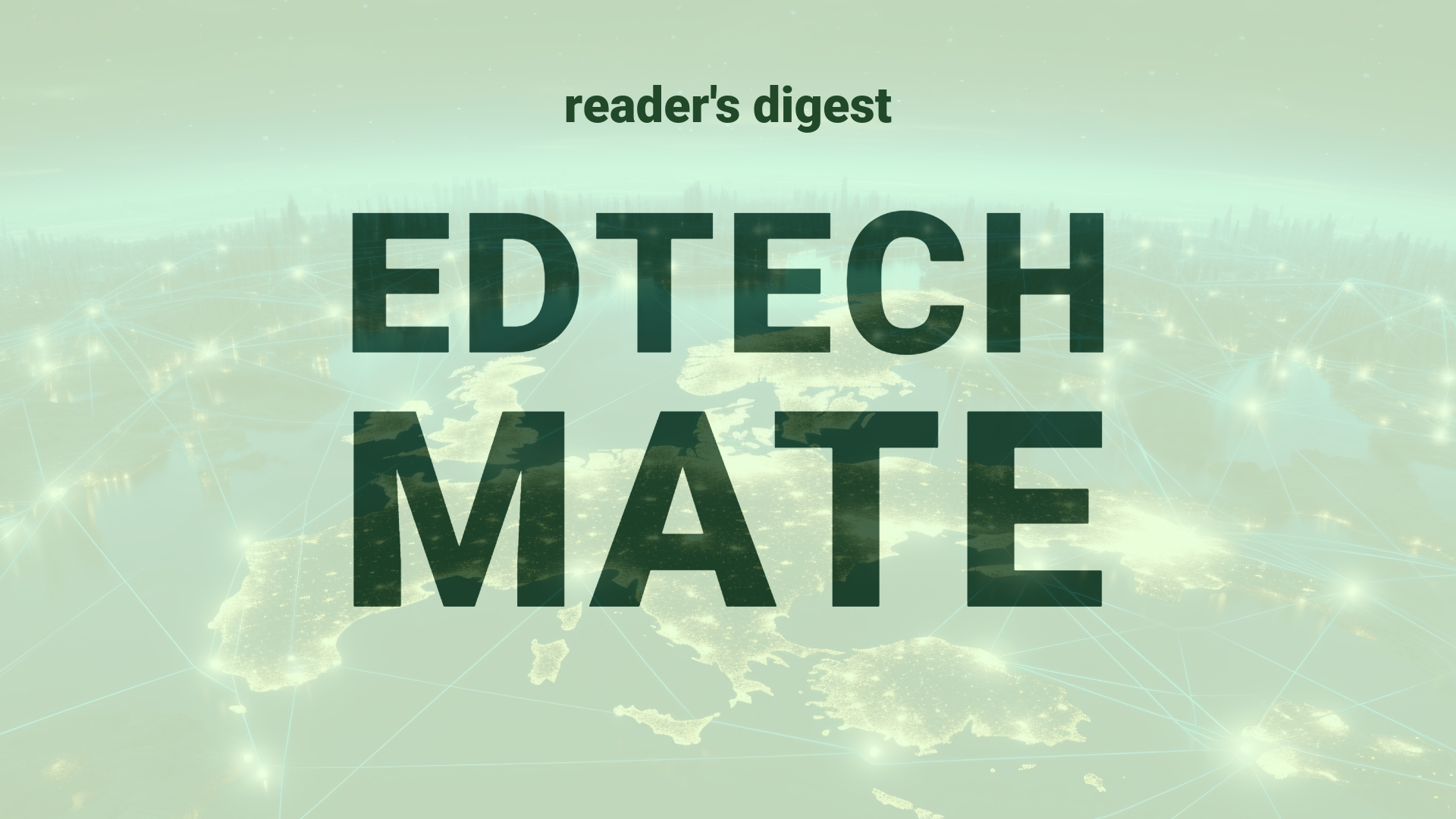“`html
Executive Summary and Main Points
IT organizations are pivoting towards becoming the backbone of future enterprise operations, with CIOs at the helm of this digital transformation. The shift towards hybrid work environments has surfaced new challenges in sourcing and nurturing tech talent. Concurrently, there is a growing need for reskilling the workforce to align with the dynamic technological landscape, as predicted by the World Economic Forum. The rise of GenAI in Oman underlies initiatives that emphasize the need for a digital and data-driven approach, reinforcing regulations across AI and technology policies. The constant influx of technological updates has induced a talent shortage, with tech leaders finding it increasingly difficult to fill specialized roles. In response, organizations are encouraged to become early adopters, fostering AI-process oriented strategies to train their workforce and bridge the talent gap.
Potential Impact in the Education Sector
These developments stand to significantly impact the education sector, particularly through the lens of Further Education, Higher Education, and Micro-credentials. Emphasis on digitalization and strategic partnerships could bolster online and virtual learning experiences while addressing skill shortages. Integrating AI-driven practices into curricula and fostering continuous learning could strategically prepare students and professionals for the imminent job market evolution.
Potential Applicability in the Education Sector
Innovative applications in the education sector may involve leveraging AI to personalize learning, automating administrative tasks, and using data analytics to inform strategic decisions. Global education systems can adopt digital tools not only to improve the student experience but also to streamline operations and forecast industry trends, thereby aligning educational outcomes with future job market needs.
Criticism and Potential Shortfalls
While the integration of AI and digital transformation in the education sector shows promise, there are legitimate concerns regarding the ethical and cultural implications, including data privacy and the digital divide. The misalignment between technology training and real-world applications may render skills redundant if not constantly updated. Comparative international case studies reveal discrepancies in technology adoption rates, access, and resource allocation, highlighting the need for a balanced and equitable approach.
Actionable Recommendations
To capitalize on these technological advancements, international education leadership should focus on upskilling educators in digital competencies, investing in robust IT infrastructure, and fostering partnerships with tech firms. Further, the development of flexible curricula that can swiftly adapt to tech trends, coupled with ethical guidelines for AI use in educational settings, will be crucial. Finally, cultivating a culture of lifelong learning will ensure that the workforce remains agile in the face of rapid technological change.
“`
Source article: https://www.cio.com/article/1310033/how-cios-in-the-middle-east-address-talent-shortages.html

